Land and water management highlights

Biofertilizer and Intercropping Technologies: Facilitating Agroecological Transition in Benin
Just a decade ago, Beninese universities and research institutions, working with the Joint FAO/IAEA Centre, introduced farmers to biofertilizers and intercropping practice to improve soil fertility and quality to boost soybean and cereal production.

Nuclear Techniques: A Solution to Minimize Land Degradation and Save the Soil
Land degradation is a worldwide threat currently affecting 1.9 billion hectares globally that affects around 65% of the soil resources. Soil erosion is the main contributor (85%) to such land degradation with an economic cost of US $400 billion per year.
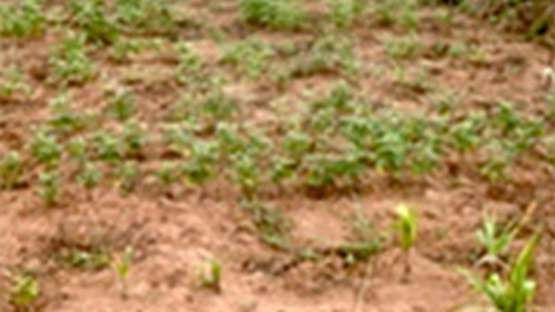
2015 Country Impacts Highlights
During the past years the SWMCN has been working closely with counterparts and colleagues in Member States to generate a series of success stories on the use of isotopic and nuclear techniques in soil, water and nutrient management.

Vienna Soil Declaration - “Soil Matters for Humans and Ecosystems”
The World’s highly diverse and dynamic soils provide numerous functions and services required by humans and are essential to most aspects of our lives.
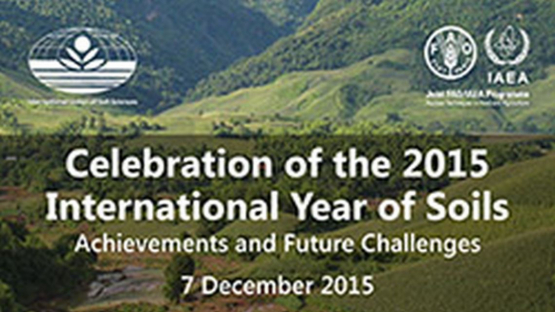
Celebration of the 2015 International Year of Soils: Achievements and Future Challenges
7 December 2015, IAEA/Vienna International Centre, Austria. More than one hundred international specialists in soil and water gathered at the International Atomic Energy Agency (IAEA) Vienna, Austria for an international conference to mark the closing of the “2015 International Year of Soils” and to share and discuss achievements and future challenges in soil science.

Working for Better Soil on Earth: IAEA Celebrates Global Soil Week and the International Year of Soil
Soil, a living body and home for many microorganisms, plays an essential role in clean water and air, healthy agricultural crops, fruits and vegetables, productive grazing lands, diverse wildlife and forests, and even life-saving medicines.

Chile: Developing Soil Conservation Strategies
Joint FAO/IAEA Division and the Government of Chile, is using fallout radionuclides (FRNs) and compound specific stable isotope techniques to trace the sources of sediments, in an effort to further develop soil conservation strategies.

Rice Production - What Cuba Can Teach the World
Rice plays an extremely important part in the cuisine of Cuba and is the central ingredient of many of its national dishes.

Recent Gathering on Land and Water Management for Climate-Smart Agriculture at the 2014 European Geosciences Union (EGU) General Assembly
The Soil and Water Management and Crop Nutrition (SWMCN) Subprogramme participated at the 2014 EGU held from 27 April to 2 May 2014 in Vienna, Austria.

Success Stories in Climate-Smart Management Practices
Biosaline agriculture and biofertilizer for improving crop productivity in salt- affected soils and for reducing the use of inorganic fertilizer and greenhouse gas emission (GHG) in agriculture in Member States.

Soil Isn’t Just Dirt
Conservation agriculture and nuclear science are two of the tools being used to improve food security by making soil more fertile.
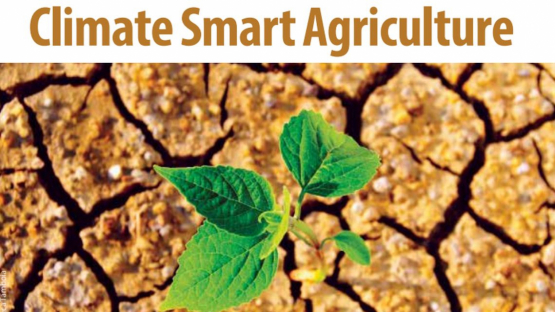
Climate Smart Agriculture
With the help of nuclear techniques, the IAEA helps countries “keep the soil alive” and adapt to the devastating effects of climate change.

Road to Recovery: Protecting Chilean Agriculture and Environment
Wine production in Chile currently accounts for about 11.4% of the Gross National Product and is an important component of Chilean national economy.
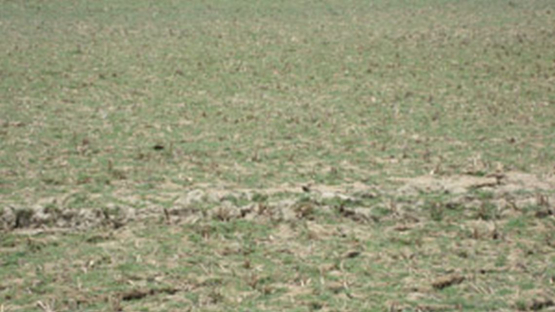
Turning Adversity into Opportunity: Farmers Reaping the Benefits from Year-Round Production of Income Generating Crops in Coastal Saline Lands of Bangladesh
Rice is the major crop grown in the coastal areas of Bangladesh. Soil and water salinity is a major threat to crop productivity in these coastal areas.

Coping with Soil and Water Salinity for Crop Production in Algeria: A Continuing Effort of Integrated Land-Water Management Approach
In Algeria desertification is putting extreme stress on irrigated agriculture due to the fast rate of soil and water salinization, resulting in the drastic reduction of arable land with productive agricultural potential.

Adaptation to Climate Change with Improved Agricultural Water Management
As the water available for agriculture becomes limiting due to population growth, competition from other water users, drought and water quality degradation, it is important to ensure that every drop of water (either from rainfall and irrigation) counts for crop water use.

Extracting Fertilizer from a Clear Blue Sky
Nitrogen fixation in cereals has been a dream of scientists and farmers for a long time. If rice, wheat and maize are able to fix all of their nitrogen from the atmosphere in the same manner as soybean, it would have major financial and environmental benefits for the agricultural community.

Food Security and Sustainable Agriculture: The Answer is in the Soil-Tajikistan
For more than 50 years the Soil Science Research Institute (Academy of Science) has been actively involved in efforts to combat soil erosion and land degradation in Tajikistan.
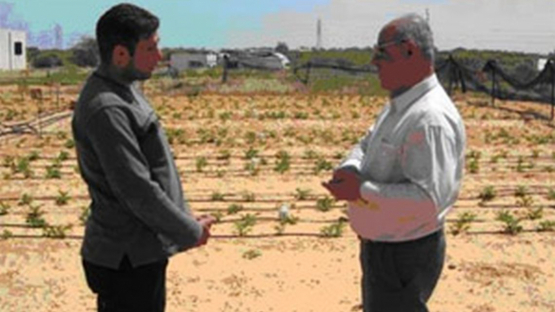
Improving Agricultural Water Management for Crop Productivity in Africa
Agriculture is the largest consumer of water; accounting for over 70% of the world's freshwater diversion.

Soil Management and Conservation for Sustainable Agriculture and Environment
Nuclear techniques provide essential and value added information and technology for defining and alleviating constraints to intensify and diversify farming systems while ensuring the sustainable use and management of land and water resources.
- 1 of 2
- next ›

